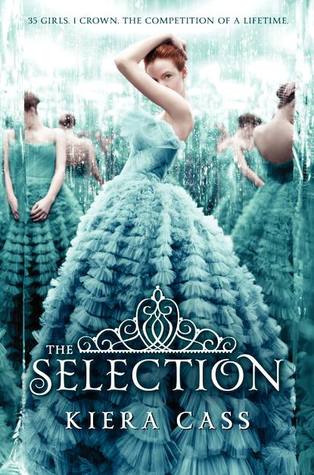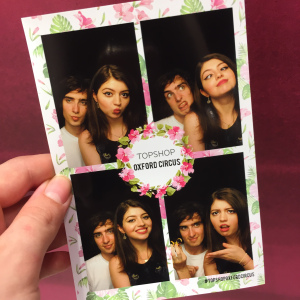First time I visited Cairo, I was only eleven. Twenty six years after, I anticipated, being extremely emotional to see if things would look as “big” and exciting as they had before my childhood eyes. You see it was the first time I would ever travel abroad (had crossed the Balkans with mum and dad by caravan before this, but for some reason Egypt was meant to be “serious business” at that time!). No, the pyramids were not as massive as they had felt to be and Khan Al-Khalili was not the labyrinth I had encountered as a child, but Cairo itself still remains as “serious business” that will always hold a great piece in my heart and memories.
Traveling with literature is a big thing, as I see it. I discovered Lisbon through the eyes of Tabucchi, and Istanbul following Xanthoulis’s childhood memories. I had Naguib Mahfouz with me this time. I tried to find his “Midaq Alley” but failed. Therefore, I managed to pay my tributes finding his favorite café in the city. The café “Riche” is only a few blocks from Midan Tahrir-central square in Cairo where all big things happened.
The café, which opened in 1908 in Talaat Harb Street no. 29-meeting place for intellectuals and revolutionaries-was to witness all significant historical events of the 20th century. Black-and-white pictures in wooden frames commemorate a past that has often revolved around the café’s guests. On December 15th 1919 a medical student, Iryan Yusuf Iryan, seated himself near the door and awaited the prime minister, a regular. When he arrived, so Iryan recalled later, “I exited the café and threw the first bomb at the car.”The prime minister survived, yet Egypt slid into a nationalist revolt against de facto British rule. Battles raged outside the café’s doors and revolutionaries sought refuge among coffee-quaffing bohemians. The Riche’s basement became their lair. It had several little-known exits that connected to tunnels, built a century earlier when the surrounding land housed a palace, some said to lead all the way to Tahrir Square. (The Economist. “A Riche History; The café at the heart of revolutionary Cairo” 17 December 2011).
Initially bought by the French Henry Recine and thereafter by the Greek Michael Nikoapolits who in turn sold it to George Avayanos, the café only passed to the Egyptian Abdel Malak Mikhail Salib in 1962. The until then upper-class clientele changed; Cairo had become home to newspapers and magazines, which made the café prime location for gatherings. In the meanwhile the cafe had hosted divas like Monira il-Mahdiyya and Umm Kulthum on its stage! It is said that several members of the resistance during the 1919 revolution met the basement to organize their activities and print their flyers but also served as a refuge to the many protesters in the city during the 2011 revolution.
Mahfouz had refused to publish his books in Egypt. But he never stopped writing. He based an entire novel, “Karnak Café”, on the Riche and its guests and the stories they told him. (For a while thereafter the café carried a sign saying “Karnak” above its door.) The book describes student activists who are arrested by security men, raped and tortured in prison and then forced to become informers—manipulated, violated and robbed of their dreams. “During my evenings at Riche coffeehouse,” said Mahfouz, who died in 2006, “I used to listen to many things which people repressed. Had I not written them, they would have been lost. So I wrote.” (The Economist. “A Riche History; The café at the heart of revolutionary Cairo” 17 December 2011).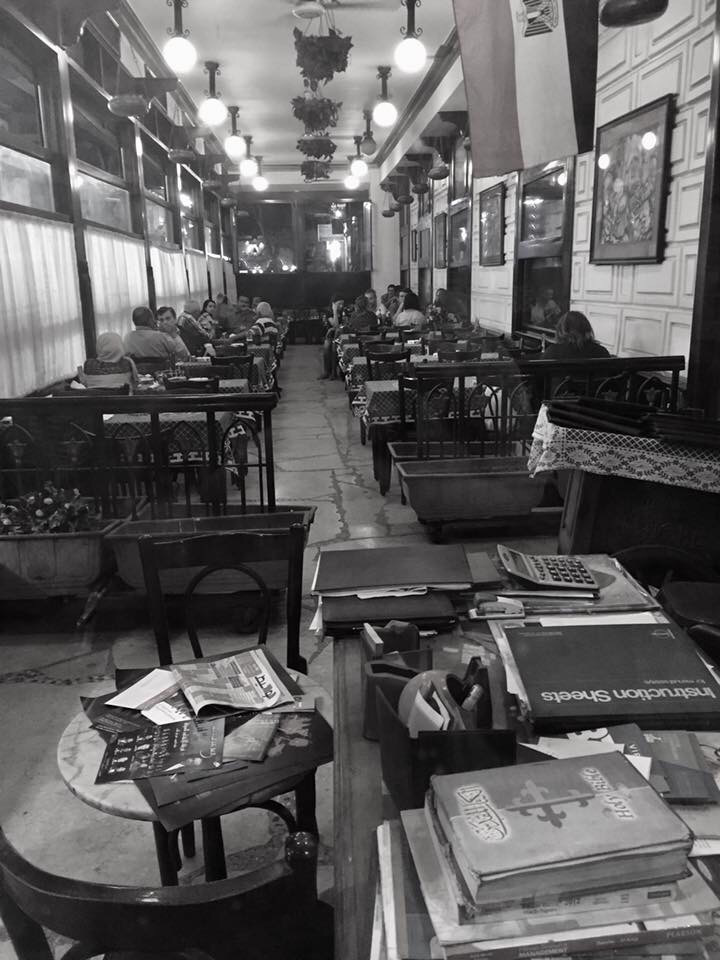
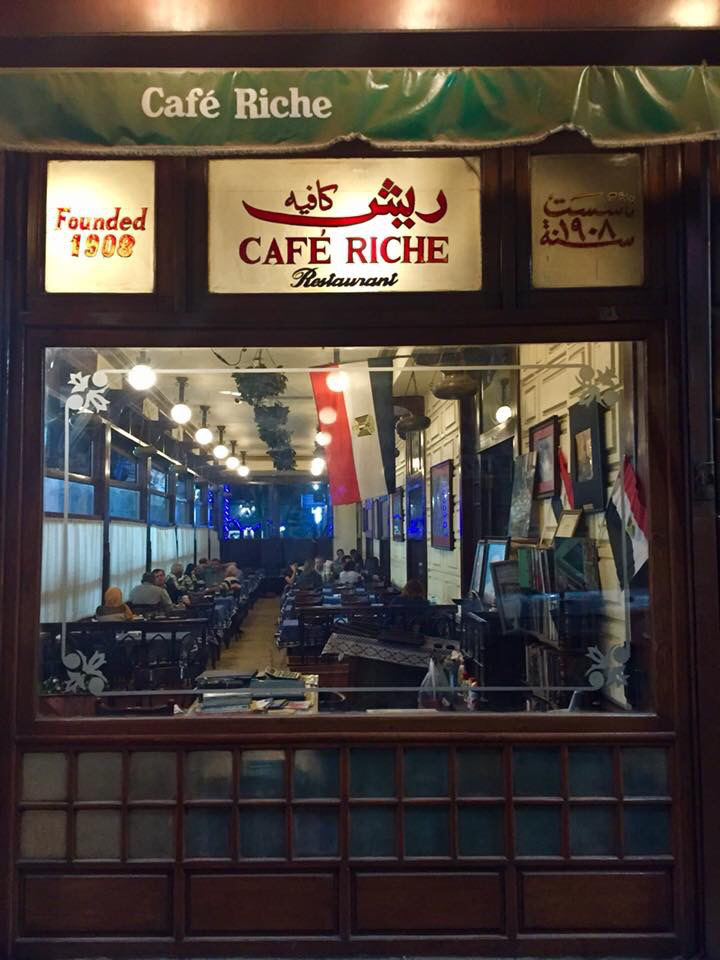
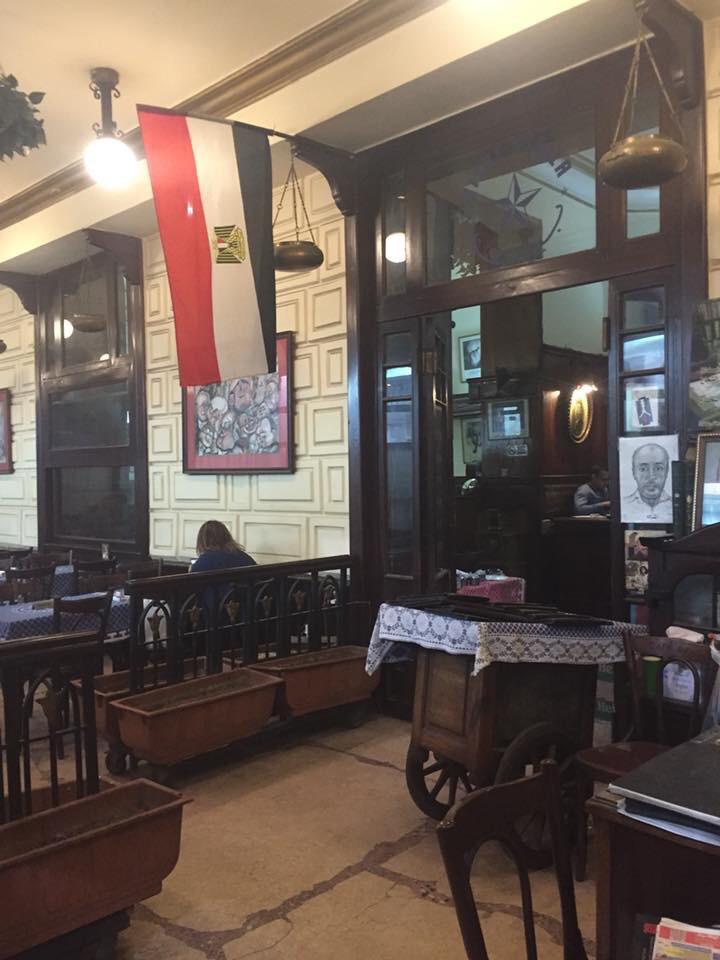
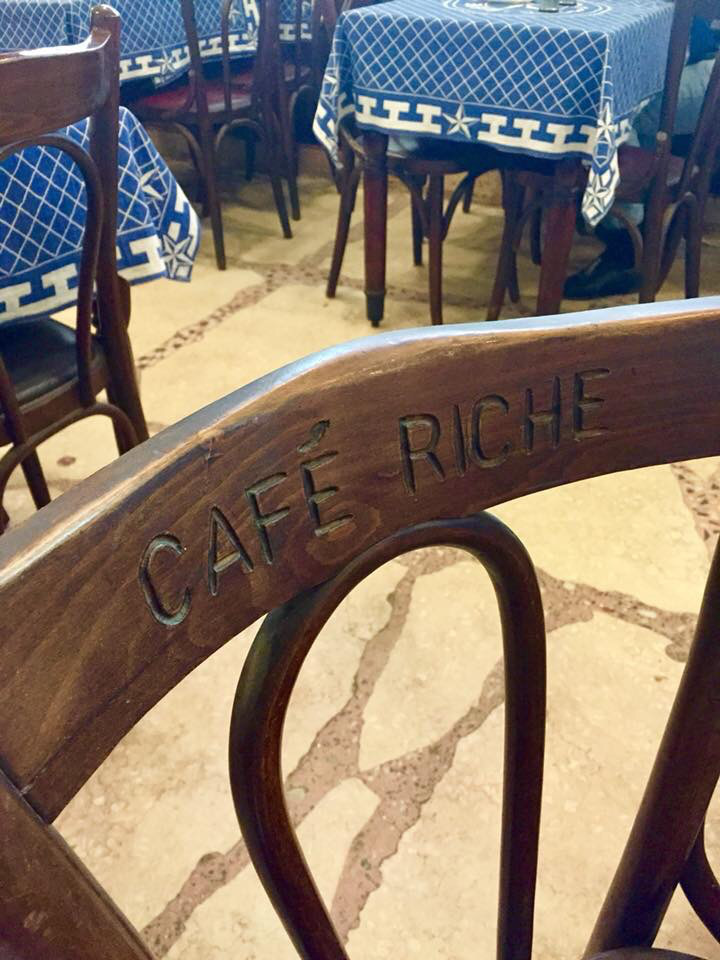
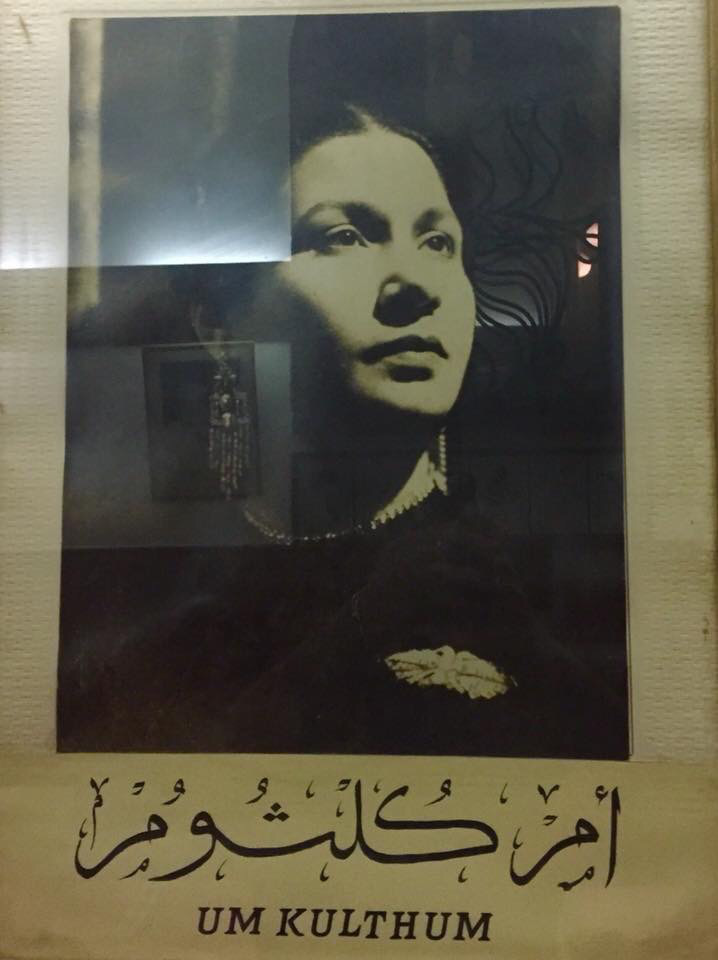
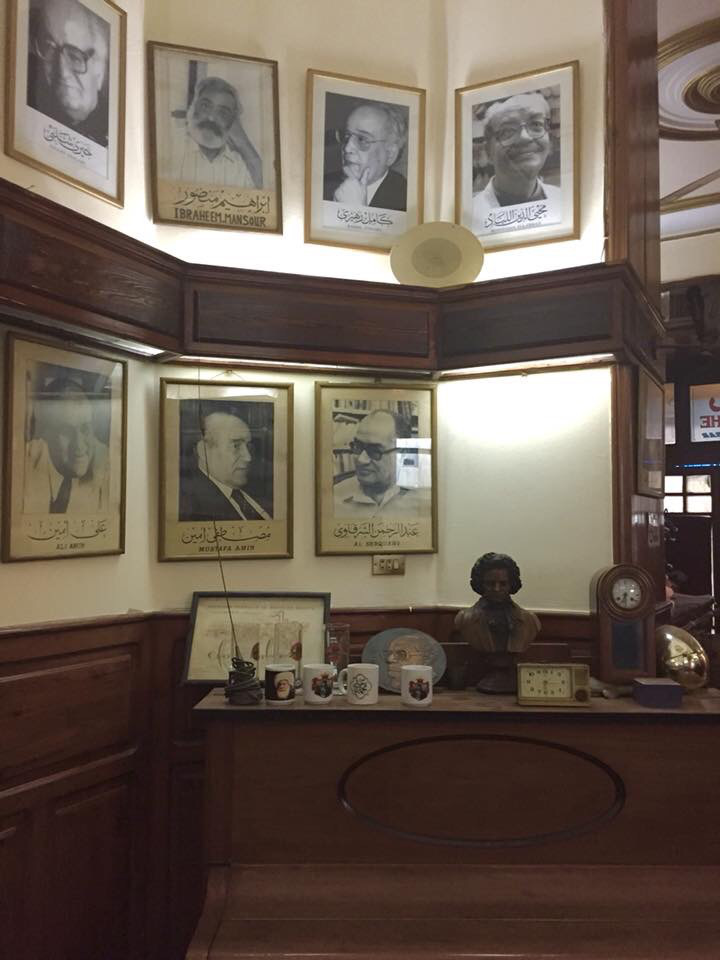
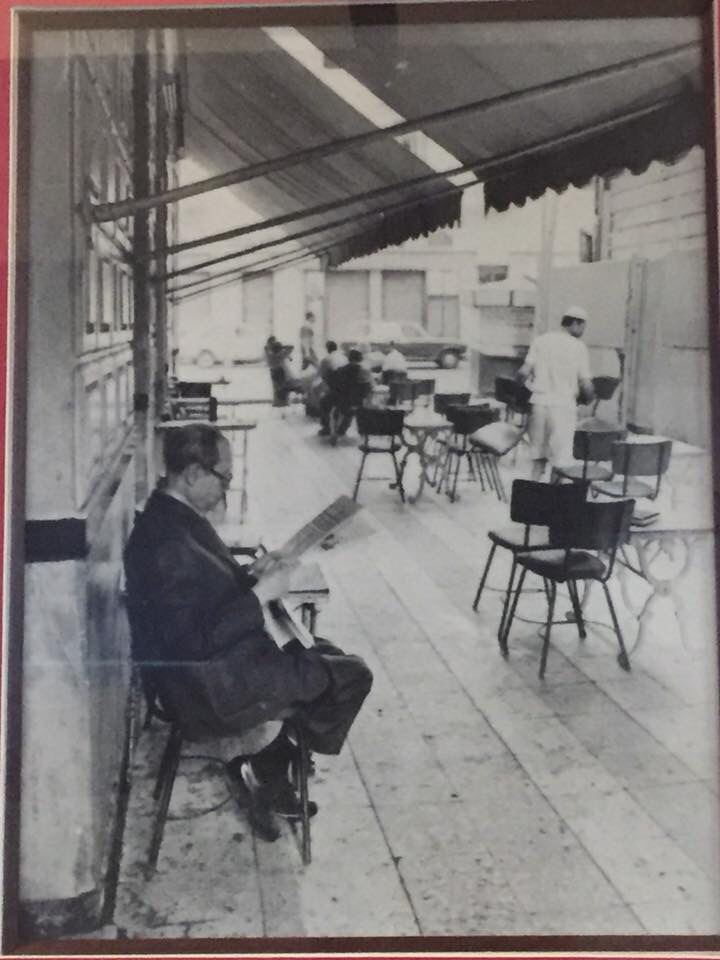
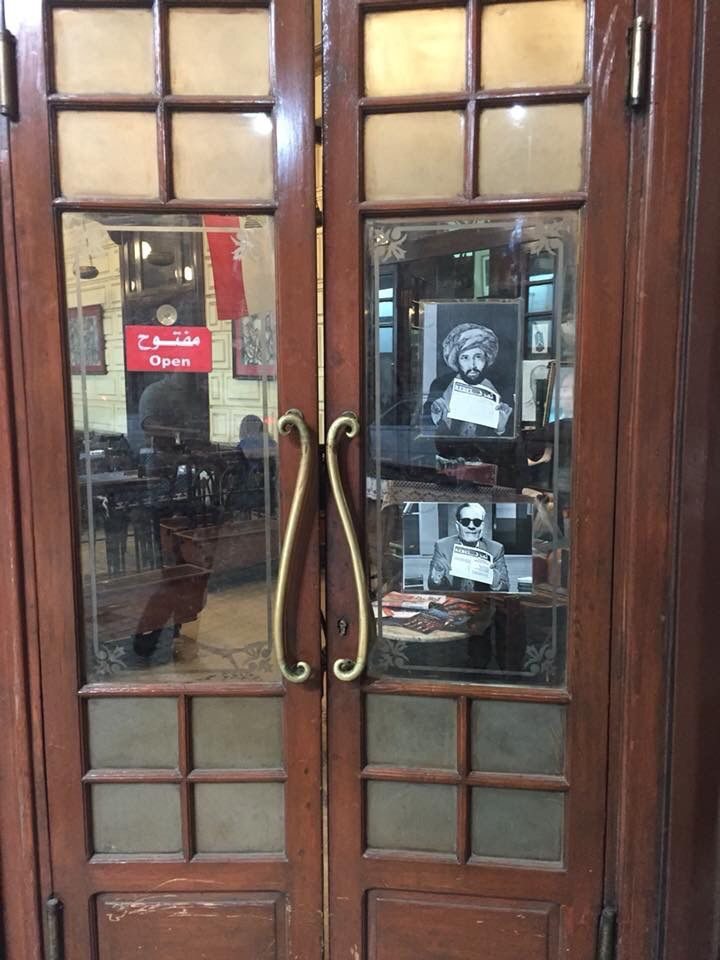
- More




